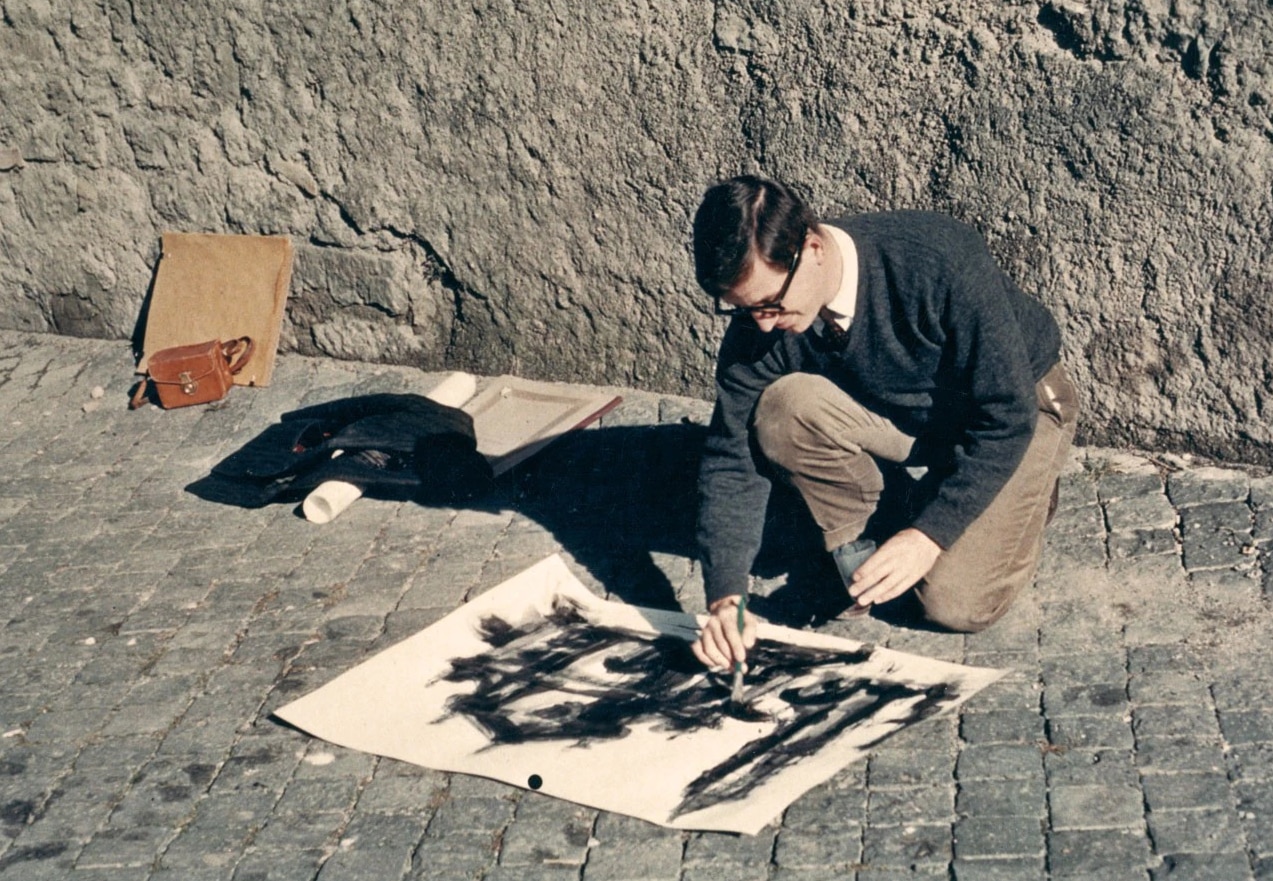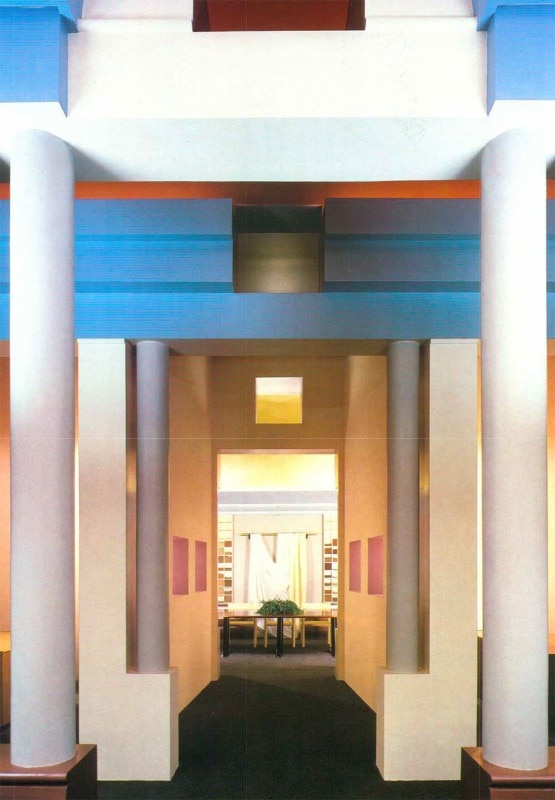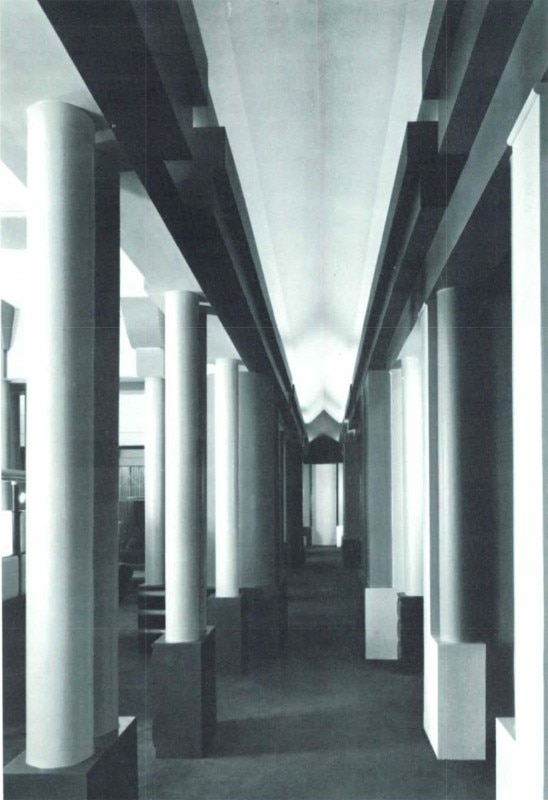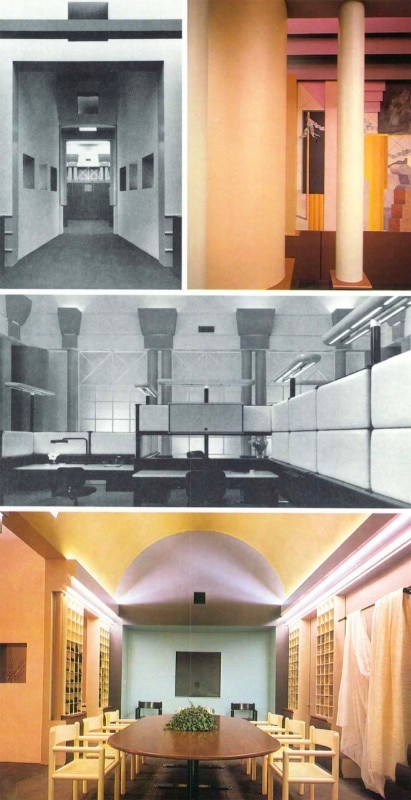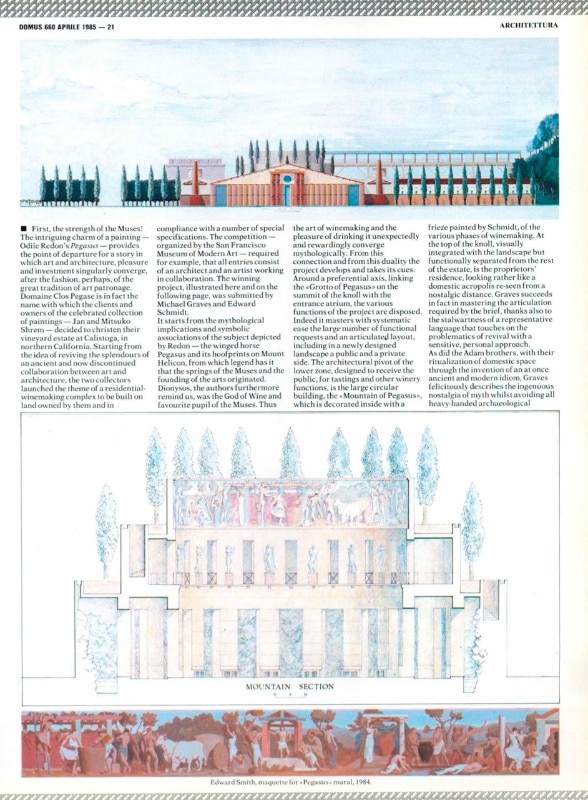Michael Graves (Indianapolis, 1934 – Princeton, 2015) was a US architect and designer. His career spans over more than forty years, from the mid-1960s to the years 2000, but his name remains inseparably linked to a precise decade, the 1980s, and to a specific style, postmodernism.
Graves studies at the University of Cincinnati and later at Harvard University, where he graduates in Architecture in 1959. From that moment on, he joins the cultural milieu of the East Coast: he works for one year at the firm of George Nelson (1908-1986), where he becomes familiar with the field of industrial design and with a modernist approach to the project; moreover, since 1962 he teaches at Princeton University, and in 1964 he opens his firm Michael Graves & Associates in the same city.
He rises to fame at the turn of the 1970s, as a member of the so-called New York Five, alongside Peter Eisenman (1932), Charles Gwathmey (1938-2009), John Hejduk (1929-2000) and Richard Meier (1934). These five figures are associated for the first time in 1969 by Kenneth Frampton, who presents their works jointly at New York’s MoMA. In 1972, the publication of the volume Five Architects consecrates them as a group, at least in terms of media communication, stressing their shared interest in recovering and updating the languages of European Modern Movement from the interwar period.
In practice, however, besides this initial affinity and with the exception of a few punctual collaborations, Graves and the other New York Five continue their careers individually, and they progressively diverge from the common preconditions highlighted by Frampton. Thus, while Graves’s projects from the 1960s and the 1970s witness precisely this attempt at renewing with the modern tradition – this is the case, for instance, of the Hanselman House (1967-1970) and the Snyderman House (1971-1972) in Fort Wayne, Indiana, as well as of the extension of the Benacerraf House in Princeton (1969-1970) – the beginning of the 1980s marks a watershed moment in his career.
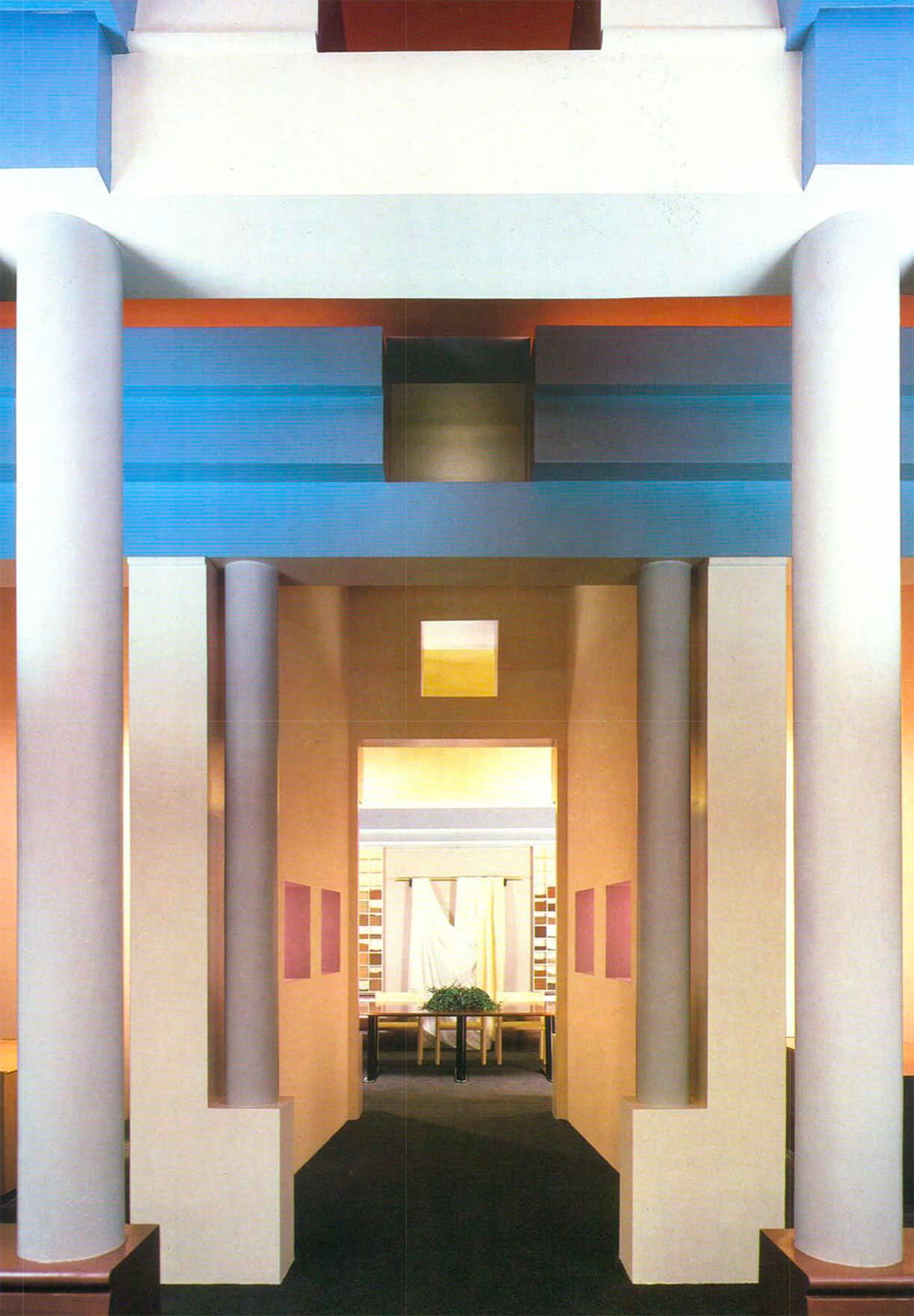
 View gallery
View gallery
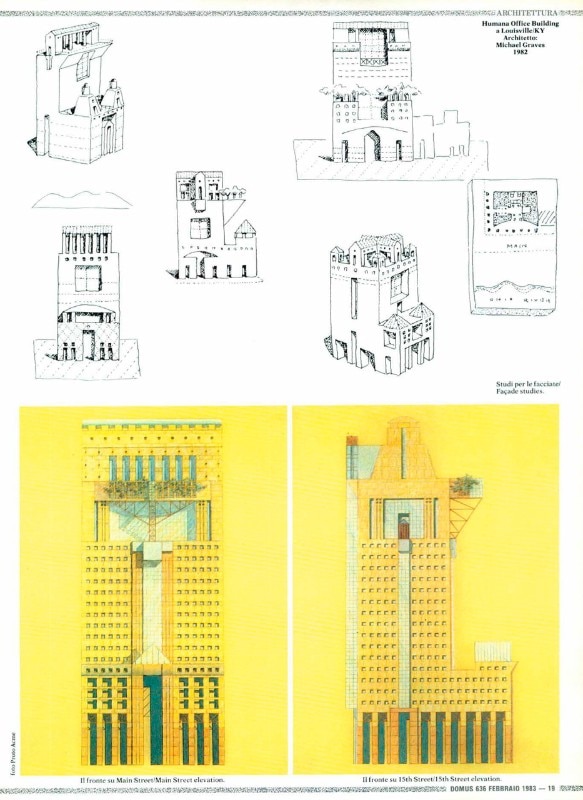
Michael Graves, Humana Office Building, Louisville, Kentucky, 1982. Façade studies. From Domus 636, February 1983
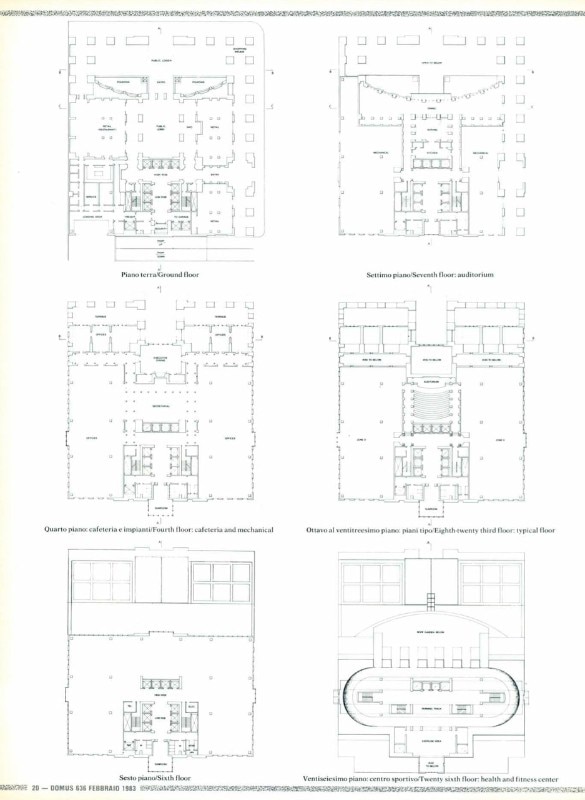
Michael Graves, Humana Office Building, Louisville, Kentucky, 1982. Plans. From Domus 636, February 1983
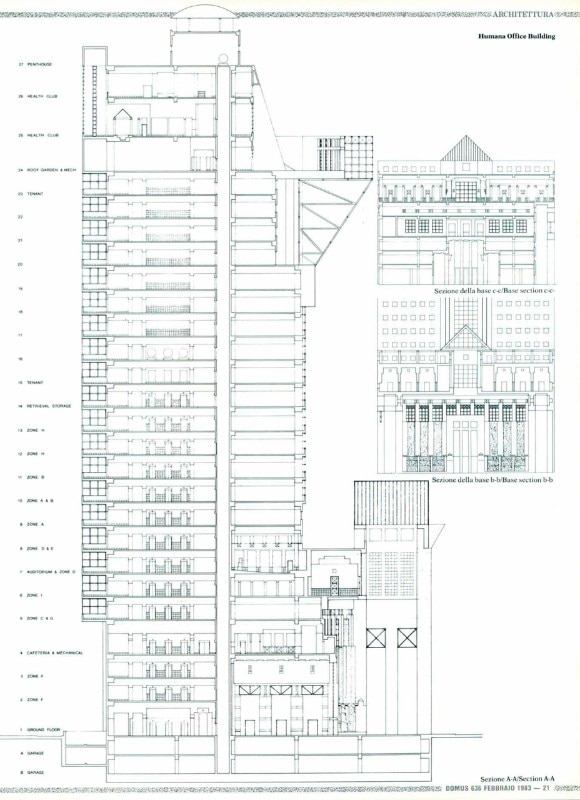
Michael Graves, Humana Office Building, Louisville, Kentucky, 1982. Section. From Domus 636, February 1983
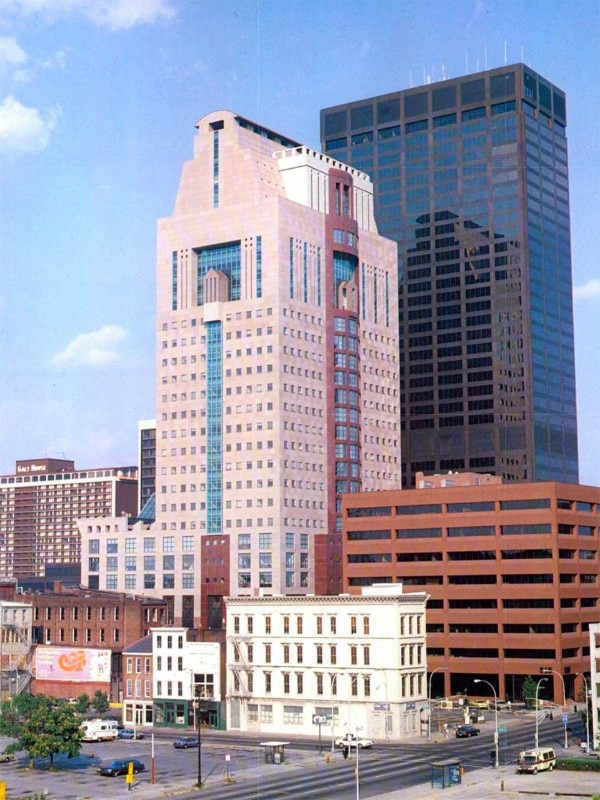
Michael Graves, Humana Office Building, Louisville, Kentucky, 1982. Poto © Paschall/Taylor. From Domus 667, December 1985
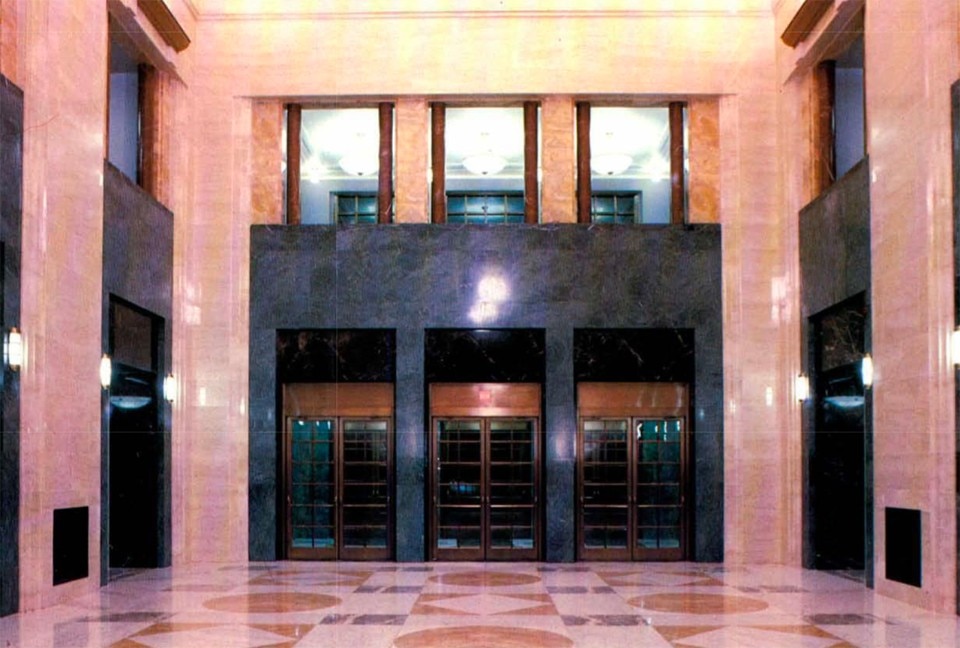
Michael Graves, Humana Office Building, Louisville, Kentucky, 1982. Poto © Paschall/Taylor. From Domus 667, December 1985
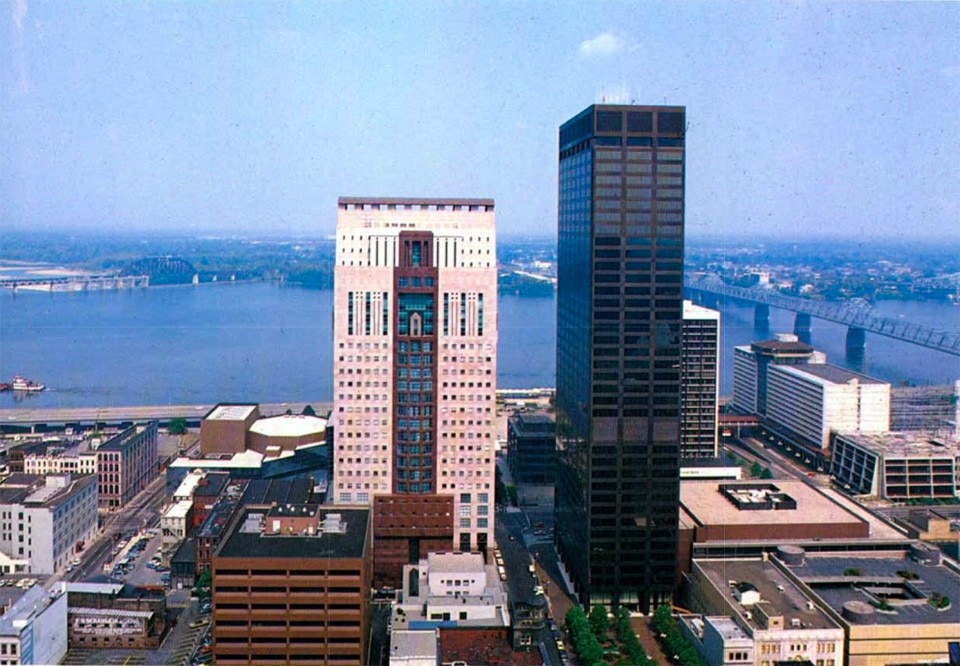
Michael Graves, Humana Office Building, Louisville, Kentucky, 1982. Poto © Paschall/Taylor. From Domus 667, December 1985
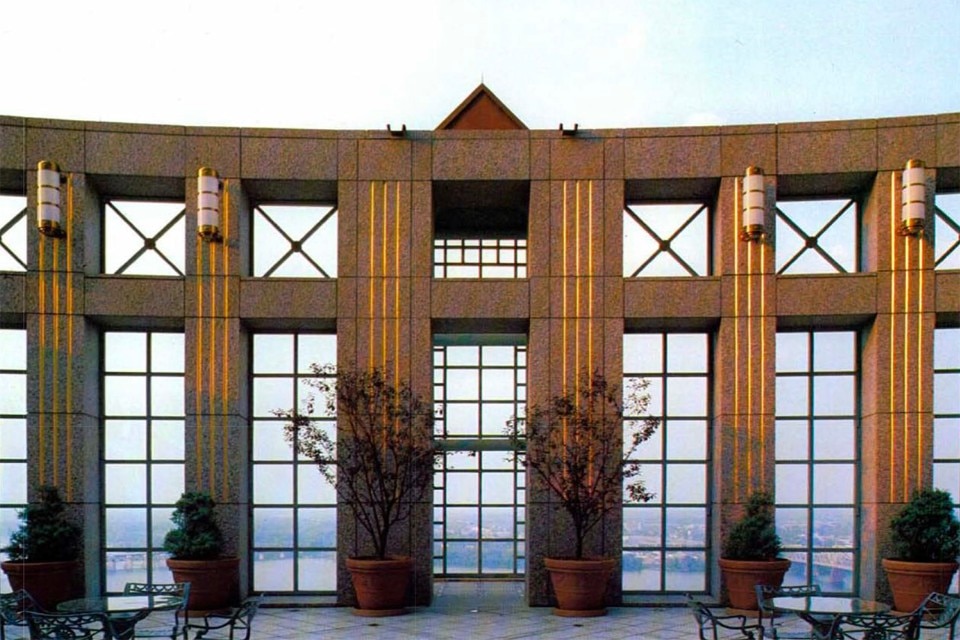
Michael Graves, Humana Office Building, Louisville, Kentucky, 1982. Poto © Paschall/Taylor. From Domus 667, December 1985
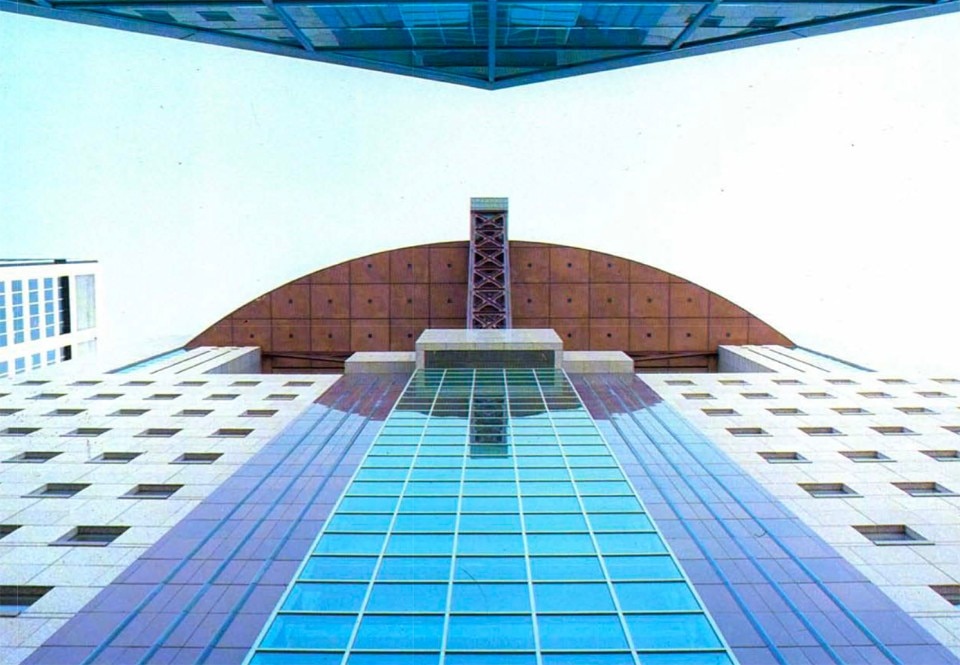
Michael Graves, Humana Office Building, Louisville, Kentucky, 1982. Poto © Paschall/Taylor. From Domus 667, December 1985
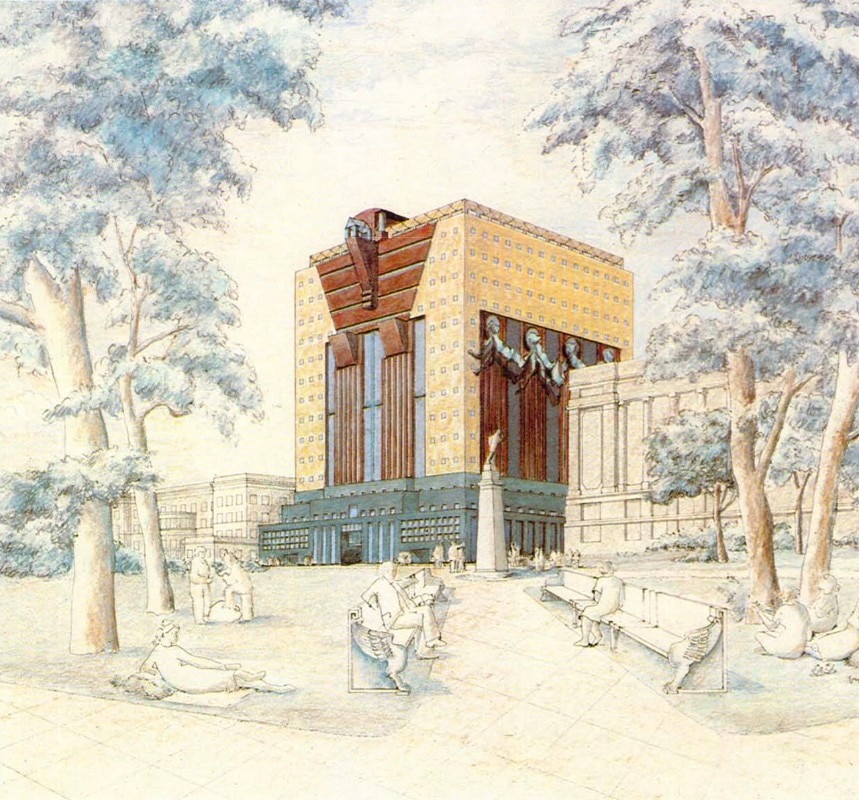
Michael Graves, Portland Public Service Building, Portland, Oregon, 1982. Drawings. From Domus 609, September 1980
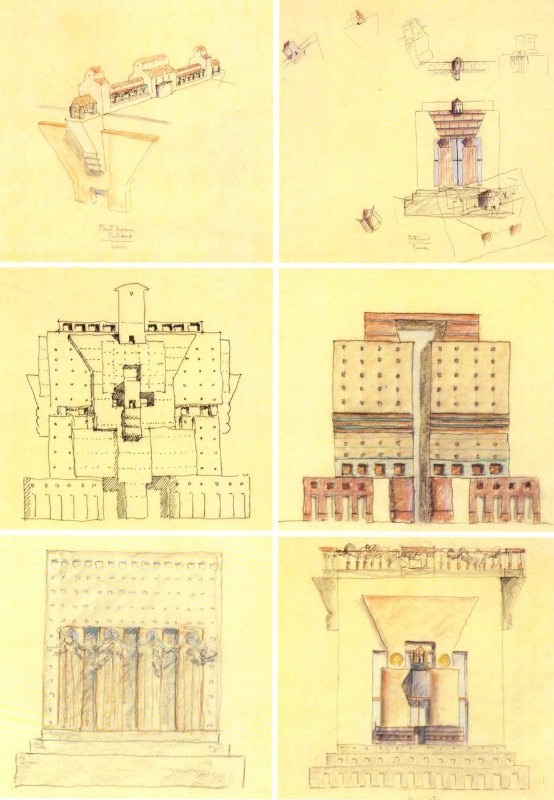
Michael Graves, Portland Public Service Building, Portland, Oregon, 1982. Drawings. From Domus 609, September 1980
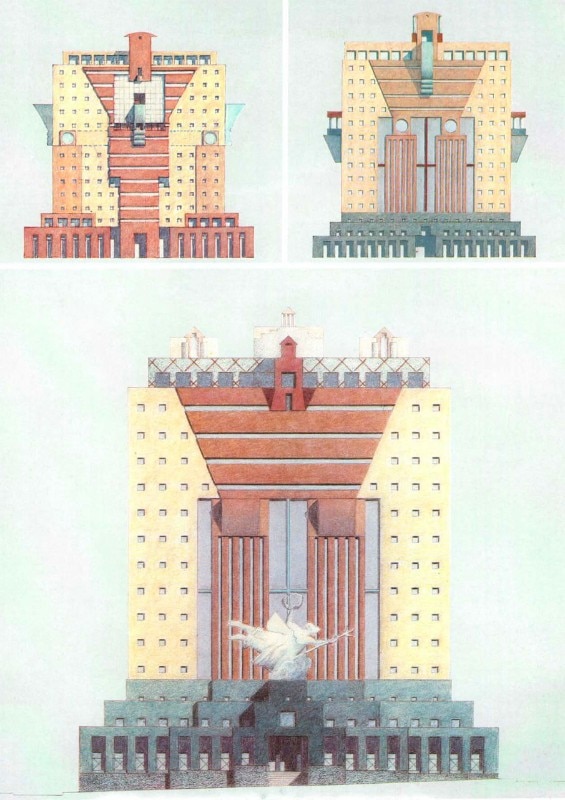
Michael Graves, Portland Public Service Building, Portland, Oregon, 1982. Drawings. From Domus 609, September 1980
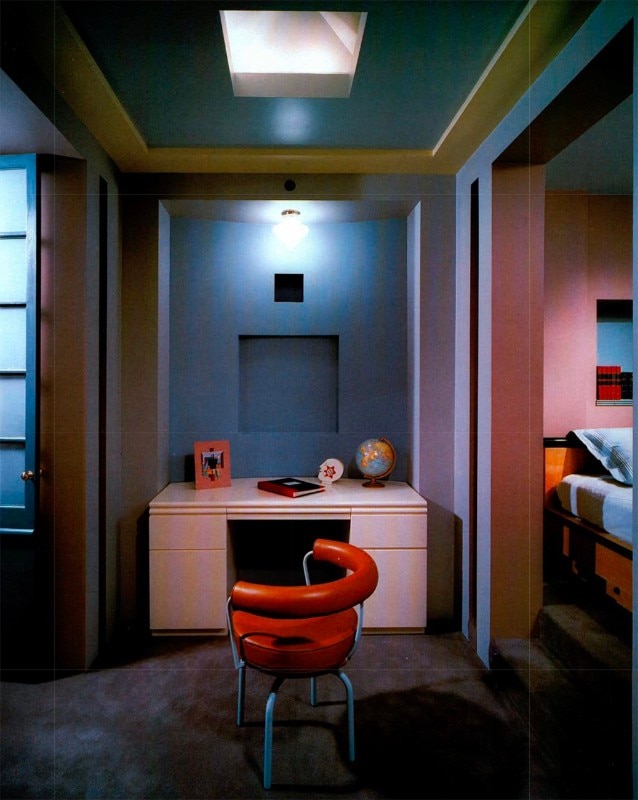
Michael Graves, Karen Wheeler, private flat, 1983. Photo © Peter Aaron/Esto photographics Inc. From Domus 639, May 1983

Michael Graves, Karen Wheeler, private flat, 1983. Photo © Peter Aaron/Esto photographics Inc. From Domus 639, May 1983
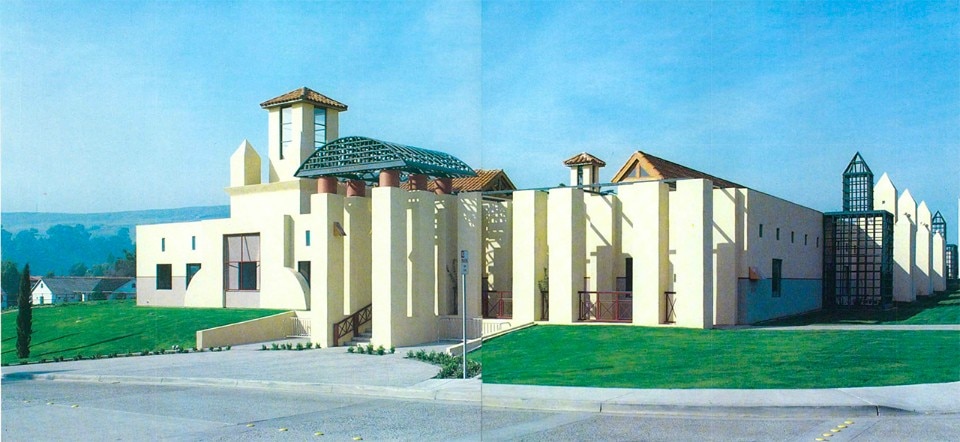
Michael Graves, public library, San Juan Capistrano, California, 1984. Photo © Tim Street Porter. From Domus 650, May 1984
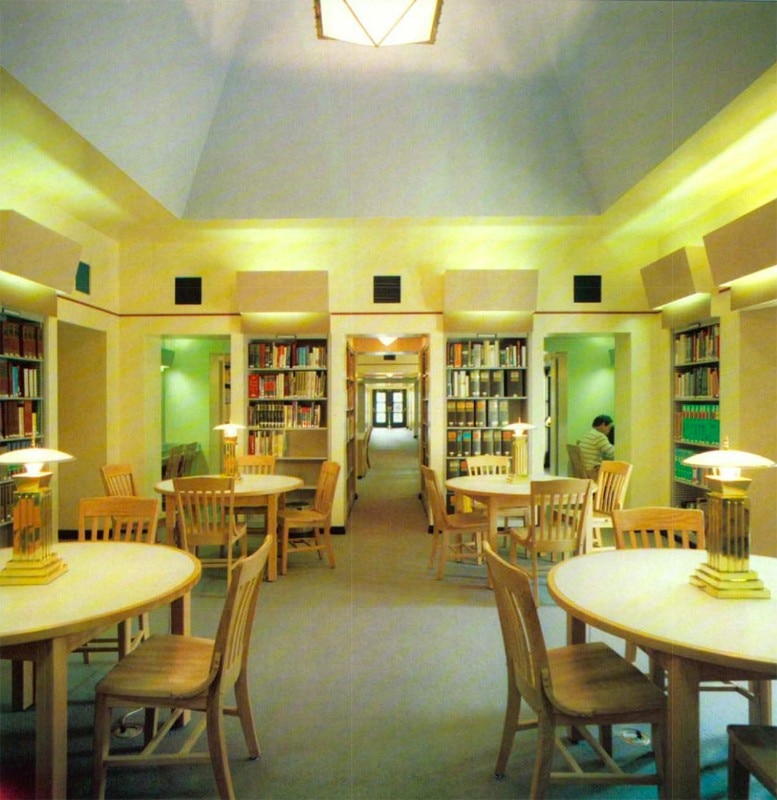
Michael Graves, public library, San Juan Capistrano, California, 1984. Photo © Tim Street Porter. From Domus 650, May 1984
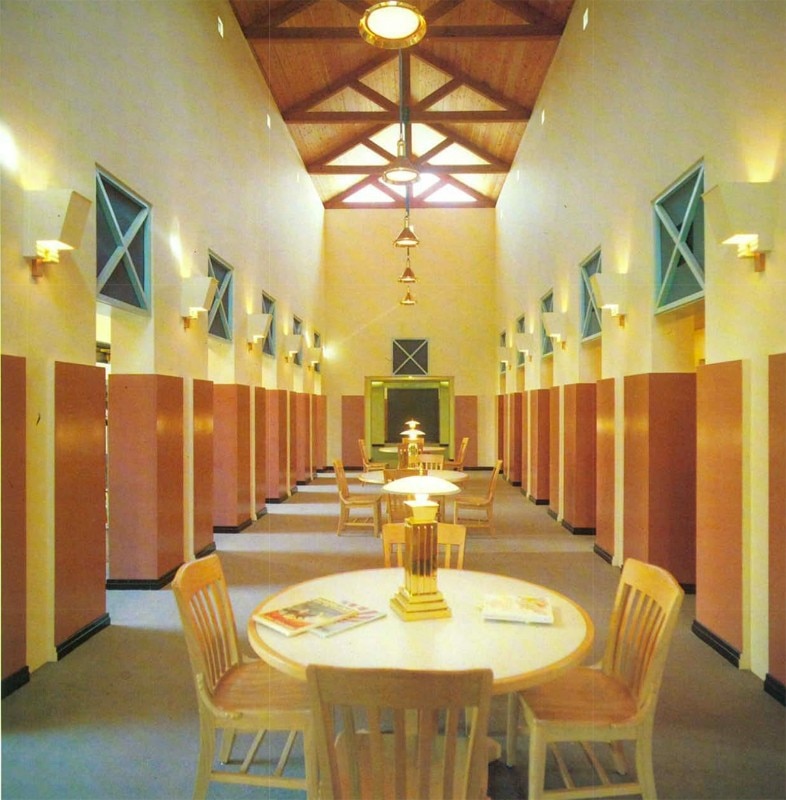
Michael Graves, public library, San Juan Capistrano, California, 1984. Photo © Tim Street Porter. From Domus 650, May 1984
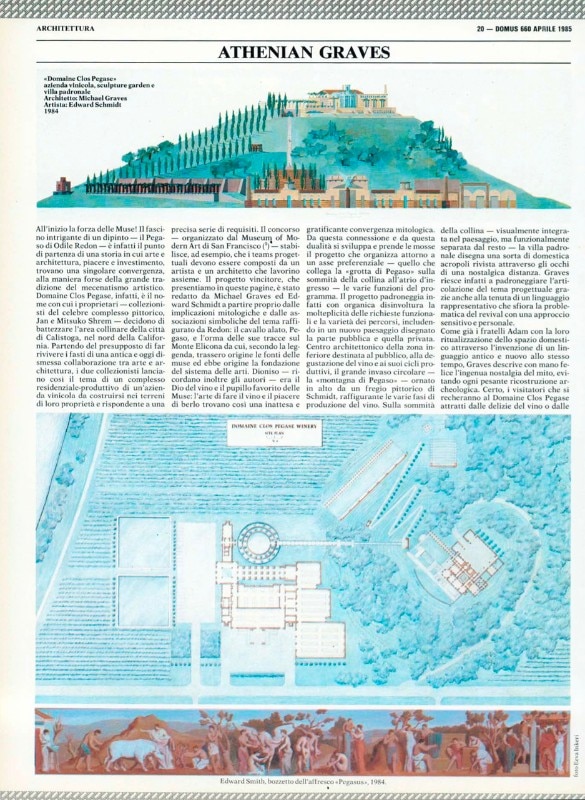
Michael Graves, Edward Schmidt, Domaine Clos Pegase, Calistoga, California, 1984. From Domus 660, April 1984

Michael Graves, Humana Office Building, Louisville, Kentucky, 1982. Façade studies. From Domus 636, February 1983

Michael Graves, Humana Office Building, Louisville, Kentucky, 1982. Plans. From Domus 636, February 1983

Michael Graves, Humana Office Building, Louisville, Kentucky, 1982. Section. From Domus 636, February 1983

Michael Graves, Humana Office Building, Louisville, Kentucky, 1982. Poto © Paschall/Taylor. From Domus 667, December 1985

Michael Graves, Humana Office Building, Louisville, Kentucky, 1982. Poto © Paschall/Taylor. From Domus 667, December 1985

Michael Graves, Humana Office Building, Louisville, Kentucky, 1982. Poto © Paschall/Taylor. From Domus 667, December 1985

Michael Graves, Humana Office Building, Louisville, Kentucky, 1982. Poto © Paschall/Taylor. From Domus 667, December 1985

Michael Graves, Humana Office Building, Louisville, Kentucky, 1982. Poto © Paschall/Taylor. From Domus 667, December 1985

Michael Graves, Portland Public Service Building, Portland, Oregon, 1982. Drawings. From Domus 609, September 1980

Michael Graves, Portland Public Service Building, Portland, Oregon, 1982. Drawings. From Domus 609, September 1980

Michael Graves, Portland Public Service Building, Portland, Oregon, 1982. Drawings. From Domus 609, September 1980

Michael Graves, Karen Wheeler, private flat, 1983. Photo © Peter Aaron/Esto photographics Inc. From Domus 639, May 1983

Michael Graves, Karen Wheeler, private flat, 1983. Photo © Peter Aaron/Esto photographics Inc. From Domus 639, May 1983

Michael Graves, public library, San Juan Capistrano, California, 1984. Photo © Tim Street Porter. From Domus 650, May 1984

Michael Graves, public library, San Juan Capistrano, California, 1984. Photo © Tim Street Porter. From Domus 650, May 1984

Michael Graves, public library, San Juan Capistrano, California, 1984. Photo © Tim Street Porter. From Domus 650, May 1984

Michael Graves, Edward Schmidt, Domaine Clos Pegase, Calistoga, California, 1984. From Domus 660, April 1984
For the entire decade and until the mid-1990s, Graves establishes himself as a leading figure of postmodernism. Once overcome its fascination for modernist purism, his style evolves in the direction of an ever growing inclusion of forms and signs issued from architectures of the past, nonchalantly paired with contemporary, newly invented ones.
The clients of postmodern Graves are mainly large corporates from the US; the contexts of his projects are the downtowns of large and mid-sized American cities; the tools for their representation are pictorial compositions, filled with colored hatches and symbols, which partially give up the exactness of technical drawings.
Three realizations are particularly representative of his copious production from this period: the Humana Office Building in Louisville, Kentucky (1982), the Portland Public Service Building in Portland, Oregon (1982) and most of all the Team Disney Building in Burbank, California (1985-1990). For such a specific client, Graves envelops the ordinary program of an office building into a much exuberant container. A pediment of classic origins, simplified and revisited, is supported neither by columns nor by caryatids, but by six sturdy Disney-esque dwarfs, the seventh of them in plain sight at the very center of the tympanum.
Upsetting and yet undeniably iconic, the Team Disney Building is the most blatant proof of an ironic, even irreverent approach to the architectural object, which is typical of the most pop-oriented postmodernism and that Graves takes to the extreme.
While Graves’s success as an architect is in large part limited to North America, his objects become famous worldwide. In particular, his participation in the experience of Memphis, starting in 1980, wins him the favor of the European audience. His “Plaza” dressing table, launched as part of Memphis's first collection in 1981, represents a point of encounter between the philosophy of the Milan-based group and Graves’s architectural production from the same period.
Amongst his most famous products, the 9093 tea kettle, designed in 1985 at the beginning of a long lasting collaboration with Alessi, deserves a mention for its distinctive bird-shaped whistle. Graves also collaborates for many years with Target Corporation, one of the main retail stores chains in the US.
Denver Public Library and the renovation of Detroit Institute of Arts, both completed in 1990, are amongst Graves’s latest relevant commissions, before a gradual reduction of its activity, which corresponds to the fading of the postmodern season. To this day, in 2020, his work constitutes a controversial heritage, still very divisive for both critics and the general audience, similarly to most of the architectural production from the age it belongs to.
In the words of Rowan Moore:
What everyone liked about him was that he brought back ornament, color and richness into architecture. He reopened the closed book of classicism without resorting to pastiche, thanks to his wit, invention and judicious borrowing from Le Corbusier. Modernism, as everyone knew for a certain fact, was over, so Graves was doing what needed to be done


